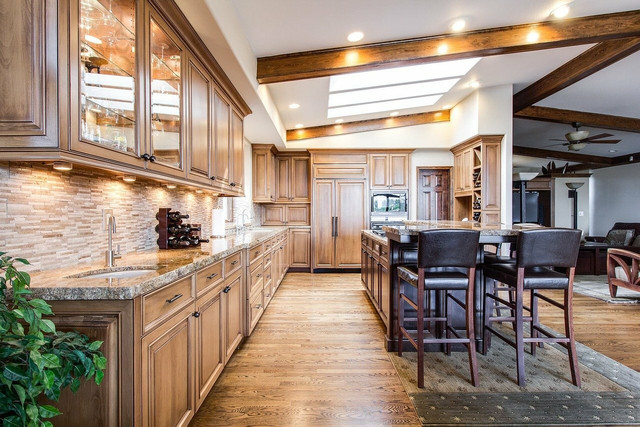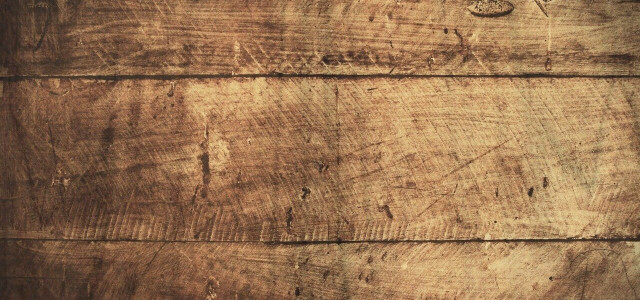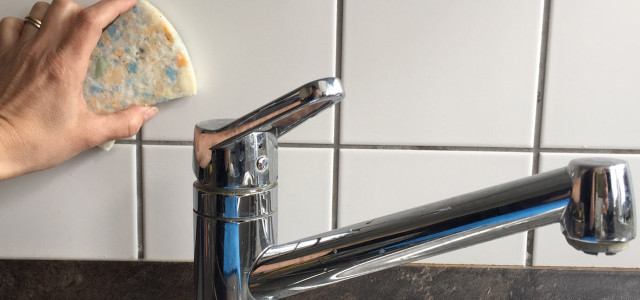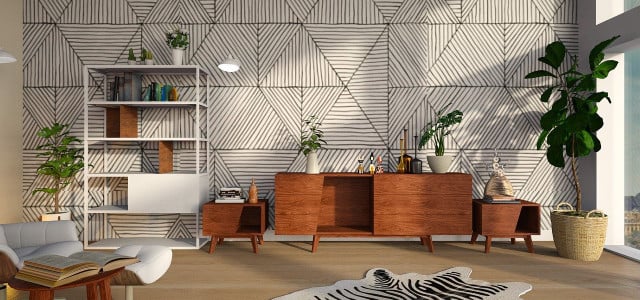Although when treated correctly, wood floors can last for centuries, this doesn’t mean they are impervious to scratches and other damage. Here we show you some of the easiest, natural ways to quickly fix scratches on your wood floors and how to prevent them in the future.
Wood Floors: A Brief Background

Aside from their natural beauty, wood floors are easier to clean and more durable than other flooring such as tiles, stone or linoleum surfacing. Because of this durability, wood floors can last for generations if treated well and this long-lasting quality makes them a much more sustainable and cost-effective choice.
Wood floors reduce the amount of waste in our landfills and need fewer raw materials to produce than other flooring options. Wood floors can also be recycled to produce other materials and furniture items.
The beginnings of wood flooring date back to the 1600s, with its popularity really taking off during the Baroque Era (1625-1714): the stunning parquet hardwood flooring at Versailles being a dramatic example of this.
Basically, there are two major types of wood floor finishes, and knowing which type your floor has will definitely help in caring for it properly.
Most common in households today is pre-finished wood flooring, which display surface finishes, such as polyurethane, to form a protective, sometimes glossy layer over the floor’s surface.
Unfinished solid hardwood flooring, on the other hand, has a penetrating finish, which is absorbed into the wood and then topped off with a wax coat for added protection.
So, What Type Of Finish Does Your Wood Floor Have?
This is simply a matter of observation. For example, if you run your hand over the floor surface and can feel the wood grain, the finish is most likely a penetrating finish. You may also try applying a small amount of paint remover to a small inconspicuous area of your wood floor. If the finish bubbles up, it is most likely a surface finish.
Alternatively, using a sharp tool (also on a hidden area of your floor) try scraping off a bit of the finish. If you are successful in scraping up a clear flaky substance, the wood has a surface finish. If no clear material is scraped up, then you most likely have a penetrating finish.
Repairing & Preventing Wood Floor Scratches



1. Rub Walnuts Over Scratches
Sounds kind of quirky, but walnuts have been proven to be a good natural way to repair and enhance the look of worn, scratched wood. This is thanks to the natural brown dyes and oils that they contain. After warming the walnut in your hands, simply rub it into worn areas of the floor using gentle circular movements. After letting the oil sit for a few minutes, just buff off the excess with a clean piece of cloth or sponge.
2. Make An Eco-Friendly Refresher
A combo of baking soda and olive oil can help reduce and remove scratches from wood. First up you will need to vacuum your floor to remove any dirt, then apply baking soda moistened with a few drops of olive oil to scratched surfaces. Again, just wait a few minutes, then buff gently using a cloth or sponge. Clean thoroughly with a damp cloth and dry with a towel.
3. Color In The Scratches
For deeper scratches, you may opt to use a water-based or oil-based wood stain. Oil-based stains dry slowly and can be difficult to work with but will give you a rich, long-lasting color finish. Water-based stains are available in many shades and have the added bonus of being very easy to apply and clean up. Other options include combination stains – designed specifically for polyurethane wood floor finishes – and gels that can be used on a variety of materials including previously painted wood.
4. Clean Your Floors
A wood floor that is poorly maintained and cleaned can actually magnify the appearance of scratches and worn spots, allowing dirt and debris to be ground into the wood further, thus leading to more damage. Your first step should be regular, thorough but gentle cleaning. Avoid using brooms or abrasive scrubbing brushes, stay away from heavy detergent cleaners and solvents and never leave your wood floor to soak in water or liquid cleaners. Just take a clean, soft mop or vacuum cleaner to remove dust, dirt and other surface debris.
5. Sand Out The Scratches
A little elbow grease can always fix those unsightly scratches on your wood floors. A fine-grained sandpaper is all you need to buff out the damage, always making sure that you sand in the same direction as the wood grain. You will need to reapply the same type of stain that you’ve buffed away in the process, so always do a quick patch test to make sure it will match the rest of your floor’s color.
6. Patch And Mend
For deeper scratches on your wood floors, try applying a wood filler that can be sanded and stained to suit. You can also use pre-colored latex wood fillers. Fillers come in a variety of colors and may need to be blended to match the color of your wood floor exactly. This option is perfect for small, deep scratches or gouges that can then be filled, sanded, stained, and finished, leaving your floors looking as good as new.
How To Prevent Wood Floor Scratches
The best way to get rid of scratches is to prevent them in the first place. We all know that in a busy household this is easier said than done, but these handy tips should help in keeping your wood floors in top condition for decades.
- Don’t drag heavy furniture and equipment directly across your wood floors. by placing a rug between the floor and the item to be moved you will reduce the friction, making it easier to move and protect your floor surface at the same time.
- If you have pets – in particular dogs – trim their claws or keep them separated from areas of the home where you want to minimize the potential for damage. Another idea is to provide cats with scratching posts.
- Avoid the temptation to use abrasive cleaning scrubs and detergents, heavy-duty sponges, wire scrubbing brushes or steel wool on your wooden floors.
- Regular cleaning and care. When the need arises re-apply wood finish and stick to a cleaning routine where regular vacuuming and gentle mopping are the primary focus.
Read more:
- 4-Ingredient All-Natural Laminate Floor Cleaner
- How to Remove Mold From Wood With Natural Remedies
- What to Do with Orange Peels: Brilliant Reuse Ideas
Do you like this post?








